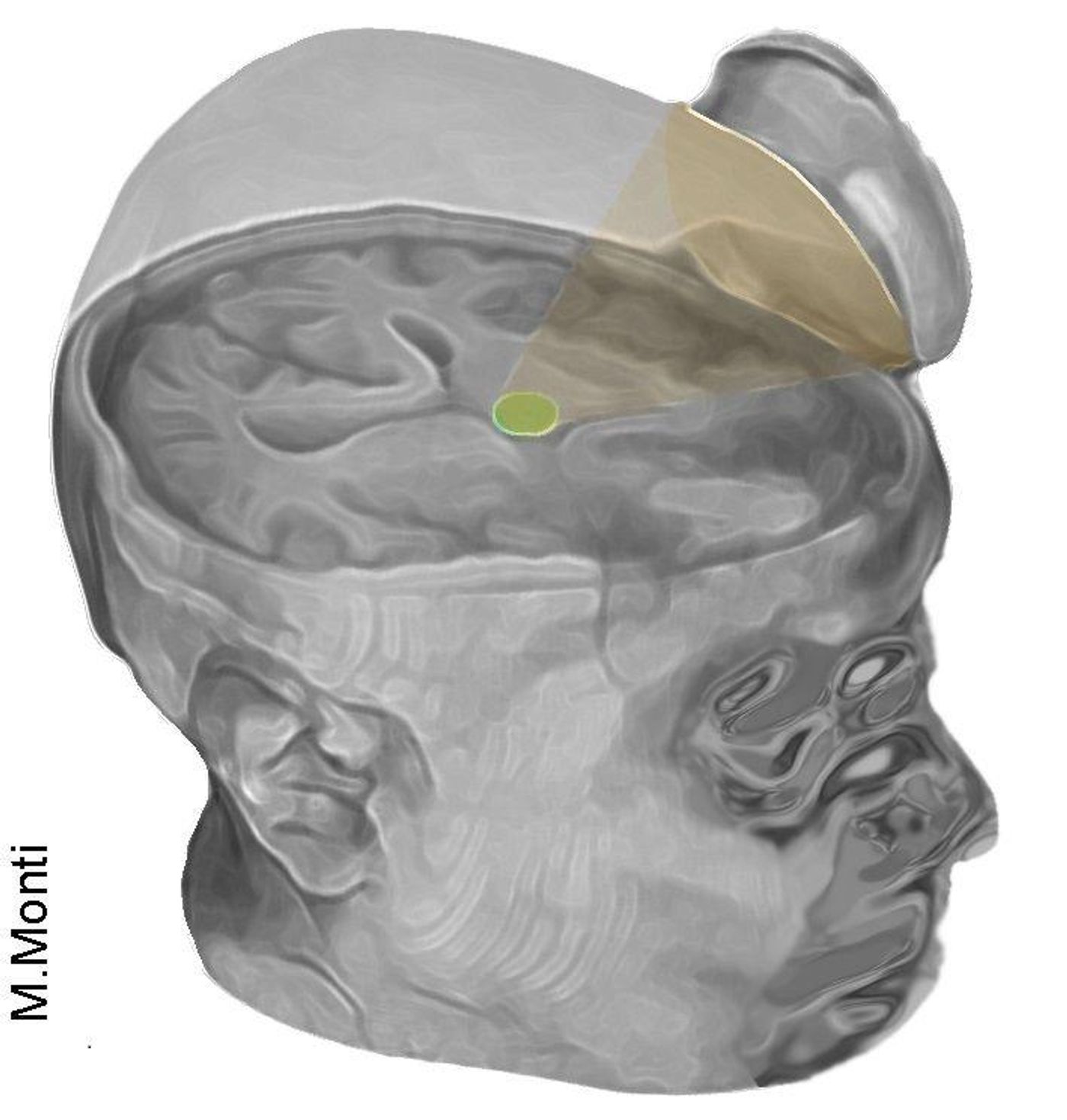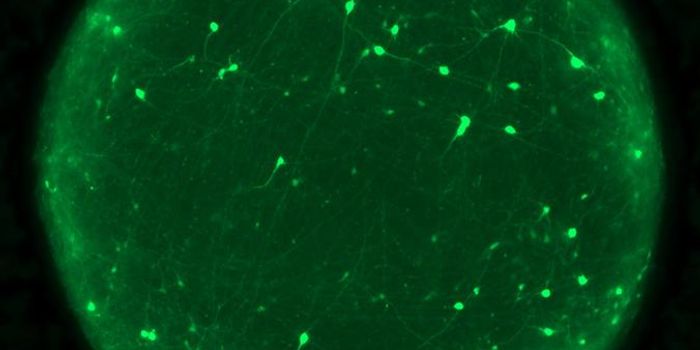A 25-year-old comatose patient is reportedly on the track to conscious recovery after an experimental ultrasound procedure appeared to have “jump-started” his brain. Doctors are still working out the details of what exactly happened, but it appears the brain stimulation spurred the man’s recovery. This is the first time such a technique and result has been
documented, and it could mean new hope for coma patients.

A coma is medically defined as a state of deep unconsciousness from which patients can’t be awakened by normal stimuli. This can last days, months, to even years. The record for the longest-ever coma belongs to Elaine Esposito, who stayed unconscious for 37 years and 111 days.
Most treatment given to comatose patients are to maintain the body’s physical health. However, some experimental techniques exist to “awaken” the brain. Deep brain stimulation (DBS) is among one of the more prominent neurological technique to spur coma recovery. But, the technique is still considered highly experimental, as results are too variable to outweigh the risks of implanting electrodes deep in the brain.
Inspired by DBS, researchers at the University of California-Los Angeles attempted to wake the brain through non-invasive ultrasound techniques. They used a device that’s the size of a coffee cup saucer that’s capable of producing small ultrasound waves. Known as low-intensity focused ultrasound pulsation, the device was aimed at specific regions of the brain with the goal to excite neuronal tissues.
Indeed, the research team called their experimental technique “remarkable,” as it appeared to spur the recovery of patient suffering from a coma following a car accident. Prior to the ultrasound intervention, the patient was considered minimally conscious. By 3 days after treatment, doctors deemed the patient to have full consciousness and language comprehension. He even reportedly gave doctors a fist-bump.
"It's almost as if we were jump-starting the neurons back into function,” said Martin Monti, UCLA professor and lead author of the clinical study. “Until now, the only way to achieve this was a risky surgical procedure known as deep brain stimulation, in which electrodes are implanted directly inside the thalamus," he said. "Our approach directly targets the thalamus but is noninvasive."
While Monti and his team are highly encouraged by their patient’s outcome, they are the first to admit it could have been a coincidence. "It is possible that we were just very lucky and happened to have stimulated the patient just as he was spontaneously recovering," Monti said. Another point to note is that the patient was treated with the ultrasound 19 days after his injury. It is probable that the promising results may not hold for other patients whose injuries are more severe or have been in a coma for longer.
Indeed, it will be possible to know whether ultrasound can awaken the brain with more cases. The team plans to enroll more participants this fall at the Ronald Reagan Medical Center (RRMC) at UCLA.
Additional sources: UCLA press release via
EurekAlert!
 A coma is medically defined as a state of deep unconsciousness from which patients can’t be awakened by normal stimuli. This can last days, months, to even years. The record for the longest-ever coma belongs to Elaine Esposito, who stayed unconscious for 37 years and 111 days.
A coma is medically defined as a state of deep unconsciousness from which patients can’t be awakened by normal stimuli. This can last days, months, to even years. The record for the longest-ever coma belongs to Elaine Esposito, who stayed unconscious for 37 years and 111 days.
















































